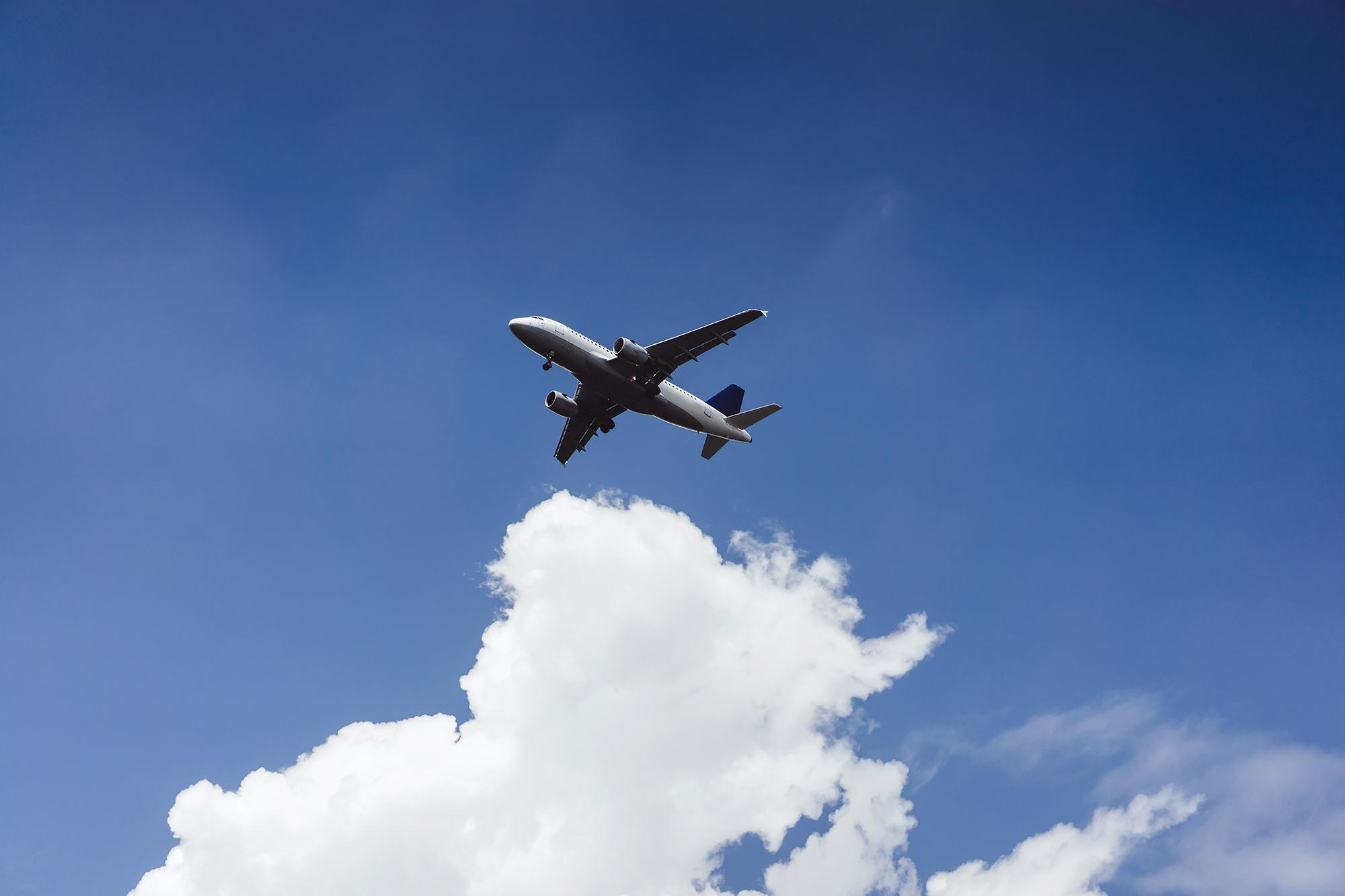What are Stationary Weather Sensors?
Weather affects virtually every aspect of our lives, from agriculture and transportation to disaster management and tourism. The accuracy of weather predictions relies heavily on the data collected by various weather sensors, including stationary weather sensors.
What Are Weather Sensors?
Weather sensors are sophisticated instruments designed to measure various atmospheric parameters. They play a pivotal role in collecting data that meteorologists and other professionals use to understand and predict weather conditions.
Types of Weather Sensors
Weather meters come in various types, each specialized in measuring specific weather-related parameters. Some of the most common types include anemometers, barometers, thermometers, hygrometers, rain gauges, and pyranometers.
How Do Weather Sensors Work?
Weather sensors operate on different principles, such as measuring wind speed, air pressure, temperature, humidity, precipitation, and solar radiation. These sensors work together to provide a comprehensive view of the weather.
What Are Stationary Weather Sensors?
Stationary weather sensors, also known as fixed or permanent weather sensors, are devices that are permanently installed in a particular location. They continuously collect weather data, making them invaluable tools for monitoring long-term climate patterns.
Applications of Stationary Weather Sensors
These sensors find applications in a wide range of fields, including agriculture, environmental monitoring, urban planning, and climate research. They help in making informed decisions and improving the quality of life.
Advantages of Stationary Weather Sensors
Stationary weather equipment offer several advantages. They provide consistent, high-quality data, which is crucial for long-term studies and trend analysis. Moreover, their continuous operation ensures real-time monitoring.
Components of Stationary Weather Sensors
Anemometers
Anemometers measure wind speed and direction, essential for understanding weather patterns and predicting potential hazards like storms.

Barometers
Barometers measure atmospheric pressure, which helps in forecasting weather changes. A drop in pressure often indicates the approach of a low-pressure system, which can bring adverse weather conditions.
Thermometers
Thermometers gauge temperature variations, aiding in predicting temperature-related events like heatwaves or frost.
Hygrometers
Hygrometers measure humidity levels, vital for assessing the likelihood of precipitation and fog formation.
Rain Gauges
Rain gauges collect data on precipitation, crucial for assessing water resources and potential flooding risks.
Pyranometers
Pyranometers measure solar radiation, contributing to our understanding of energy distribution in the atmosphere.
Wind Direction Dial
A “Wind Direction Dial” is a device used to indicate the direction from which the wind is coming. It typically consists of a circular dial or compass-like display with markings indicating different compass points (e.g., North, South, East, West) and degrees. A pointer or arrow on the dial aligns with the current wind direction, allowing users to easily determine which way the wind is blowing. Wind direction dials are commonly used in meteorology, aviation, sailing, and various outdoor activities to help people understand wind patterns and make informed decisions based on wind direction information.

Ultrasonic Anemometer
An Ultrasonic Anemometer is a specialized instrument used to measure wind speed and wind direction by utilizing ultrasonic sound waves. It consists of multiple pairs of transducers, typically four or more, which emit ultrasonic pulses in different directions. These pulses are sent both upwind and downwind from the anemometer’s location.

Data Collection and Transmission
Data Collection
Stationary weather sensors continuously collect data, ensuring a constant stream of information that can be accessed remotely.
Data Transmission
Data collected by these sensors is often transmitted to centralized databases or weather stations for analysis and distribution.
The Importance of Accuracy
Accurate weather data is essential for making informed decisions in various industries, from agriculture and transportation to disaster management.
Maintenance and Calibration
Regular Maintenance
Stationary weather meters require routine maintenance to ensure their continued accuracy and reliability.
Calibration
Calibration ensures that these sensors provide precise measurements and remain consistent over time.
CONTACT US

